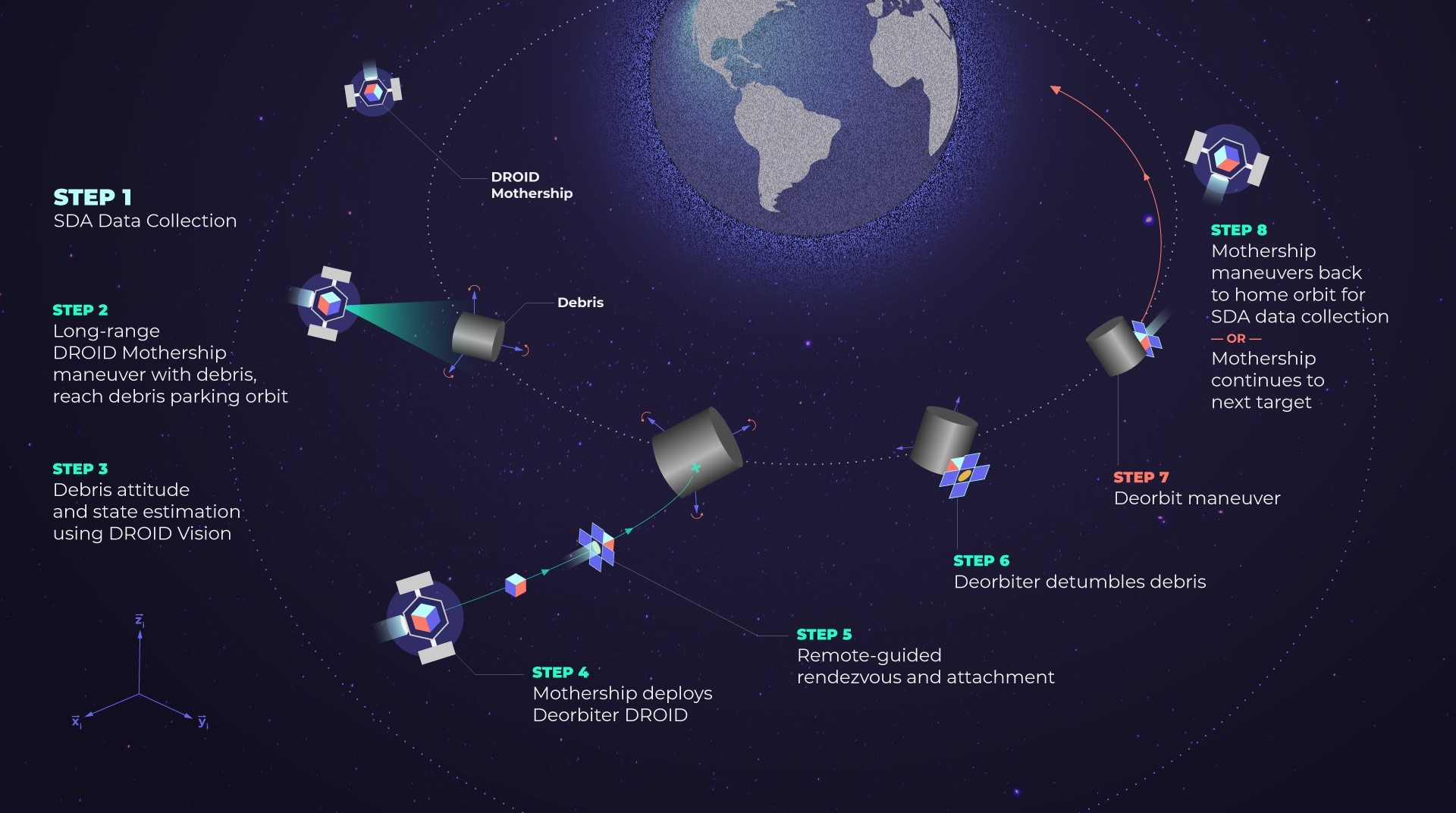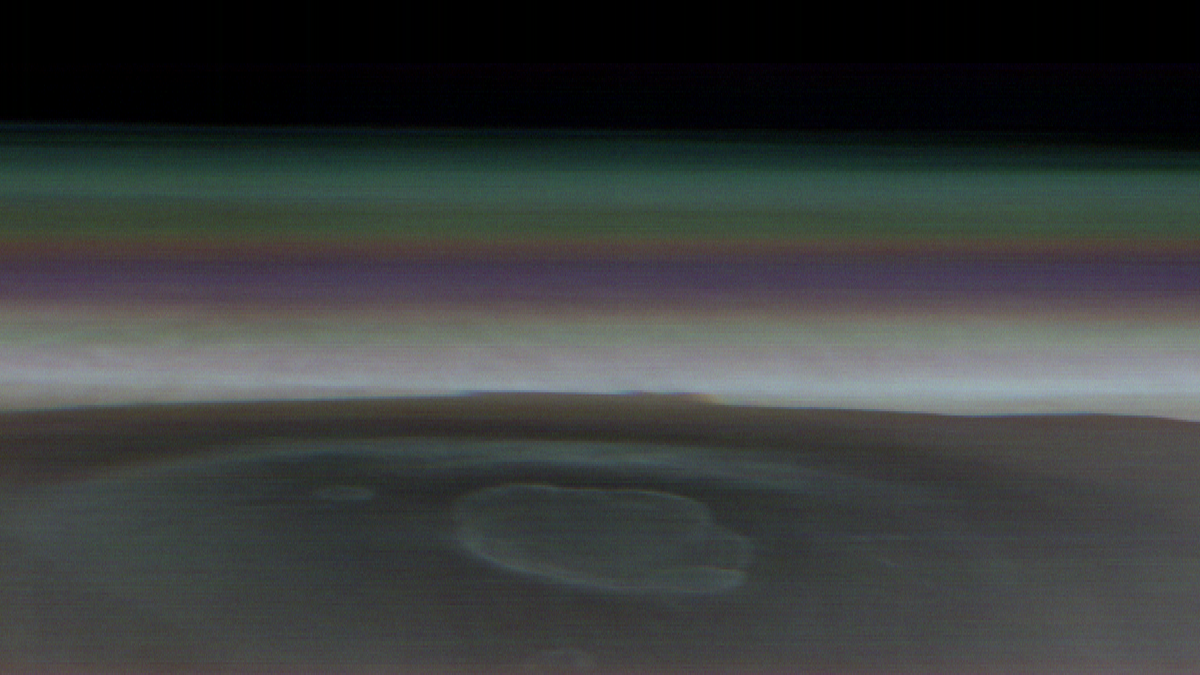The long-awaited maiden flight of Ariane 6 is scheduled to take place between June 15 and July 31, 2024, European Space Agency (ESA) Director General Josef Aschbacher announced at a press conference on Thursday.
This followed a successful hot-fire test of the Vulcain 2.1 core stage engine of the new European launcher on its launch pad in Kourou, French Guiana, on Nov. 23. It consisted of a major full-scale rehearsal of a complete launch timeline, followed by more than seven minutes of stabilized operation covering the entire core stage flight phase.
“With the completion of the last test, Ariane 6 has passed the dress rehearsals required for qualification. We have validated our models, increased our knowledge of operations, and are now confident for the first launch phase of the new European heavy-lift launcher,” said Aschbacher after a meeting of an Ariane 6 task force on Nov. 29.
ESA officials also revealed the reason behind the early shutdown of the Vulcain 2.1 engine during the Nov. 23 long-duration hot-fire test. The engine had been expected to fire for 470 seconds, “nearly eight minutes,” as reported frequently before the test. However, the test ultimately lasted for only 426 seconds.
According to ESA Director of Space Transportation Toni Tolker-Nielsen, the cause of the early shutdown was a combination of a faulty sensor and conservatively set fuel limit parameters. “One of the sensors, based on this very narrow threshold, was declared invalid,” explained Tolker-Nielsen. The subsequent early shutdown occurred “in order to protect the launch pad.”
Ariane 6 on the pad firing its Vulcain main engine. (Credit:
ESA/M. Pedoussaut)
This problem, however, would not present itself during actual flight conditions. “This is not an issue whatsoever on the performance because this is linked to the test on the ground. This early switch-off would not happen in flight,” said Aschbacher. “It would only have happened 1.5 seconds before the planned shutdown. We are very confident that the test was a full success.”
However, two further tests will have to happen to qualify Ariane 6 for its maiden flight and “to check whether the reliability and robustness of the design meet expectations,” said Martin Sion, CEO of ArianeGroup.
On Dec. 7, another upper stage test will be conducted at the German Aerospace Center facilities in Lampoldshausen, Germany, “with the exploration of alternative functioning and flight conditions and stage’s operating limits in degraded conditions,” as the official ESA statement says.
On Dec. 15, a “Combined Test Loading 3” is scheduled to take place in Kourou. This will simulate tanking procedures before launch once again, but also with in-built error scenarios. The test will end with a short ignition of the Vulcain 2.1 engine.
The main and upper stages of Ariane 6’s first flight model, Flight Model 1 (FM-1), are scheduled to leave Europe by ship in late January or early February 2024 and arrive in Kourou at the end of February to be stacked.
It is expected that FM-1 will be on the launch pad at the end of April, according to Sion. During this time, the Ariane 6 qualification review will officially be concluded, certifying the vehicle fit for flight. This will be the last major milestone before launch. It should then be possible to narrow down the launch date more precisely.
On its maiden flight, Ariane 6 in the Ariane 62 version with two solid-fuel boosters will not be transporting any large, valuable payloads. Instead, it will carry several small satellites, including two from NASA.
Ariane 6 was not supposed to have pierced the clouds yesterday, but it brought them down to Earth.
☁🌎
Impressive drone views from the #Ariane6 main stage test. As the stage uses liquid hydrogen and liquid oxygen as propellant, the clouds you see are H20: water vapour! ☁🚀 pic.twitter.com/Cf0SufGNNA— ESA Space Transport (@ESA_transport) November 24, 2023
The second flight, also with an Ariane 62, is planned for the end of 2024, said Stéphane Israël, chief executive of Arianespace. The 62-meter tall launcher will then carry the French reconnaissance satellite CSO-3 into orbit.
“Arianespace will seek to conduct as many flights as possible in 2025”, he added, including the first launches for its largest commercial customer, Amazon’s Project Kuiper constellation. The long-term goal is nine to 10 Ariane 6 launches per year.
Of the 28 Ariane-6 launches that have already been ordered, 18 will be for Amazon’s upcoming Kuiper internet constellation, which aims to launch thousands of spacecraft to provide internet connections around the world.
“Today is a good day for spaceflight in Europe,” said Aschbacher. “We have made it out of the crisis together.” He had repeatedly spoken of a “launcher crisis” before, as Ariane 6 is several years behind schedule due to technical problems, while Ariane 5 was decommissioned after its last flight in the summer of 2023. In addition, the new Vega-C will have to be redesigned following a failure in December 2022 and is expected to remain on the ground until the end of 2024.
He again emphasized the importance of the recent decisions of Seville, where ESA members agreed to provide up to 340 million euros a year in support for the Ariane 6, guaranteeing another 27 launches in addition to the initial 15. The agreement also included support at lower levels for Vega C. “To have this access to space guaranteed now throughout the decade, both for the Ariane 6 and the Vega C launchers, is fundamental.”
Europe’s access to space is not only important from a commercial point of view. The European navigation system Galileo, Earth observation missions via the Copernicus satellites, the planned communication network Iris2, and various platforms that serve European defense are dependent upon Europe’s own launch capabilities.
“I think it’s really fundamental that we regain our foothold on the launcher landscape, and now, with a good path to the inaugural flight, we are a good way there. But of course, we still have to deliver,” Aschbacher concluded.
(Lead image: Ariane 6 on the pad in French Guiana. Credit: ESA/M. Pédoussaut)







